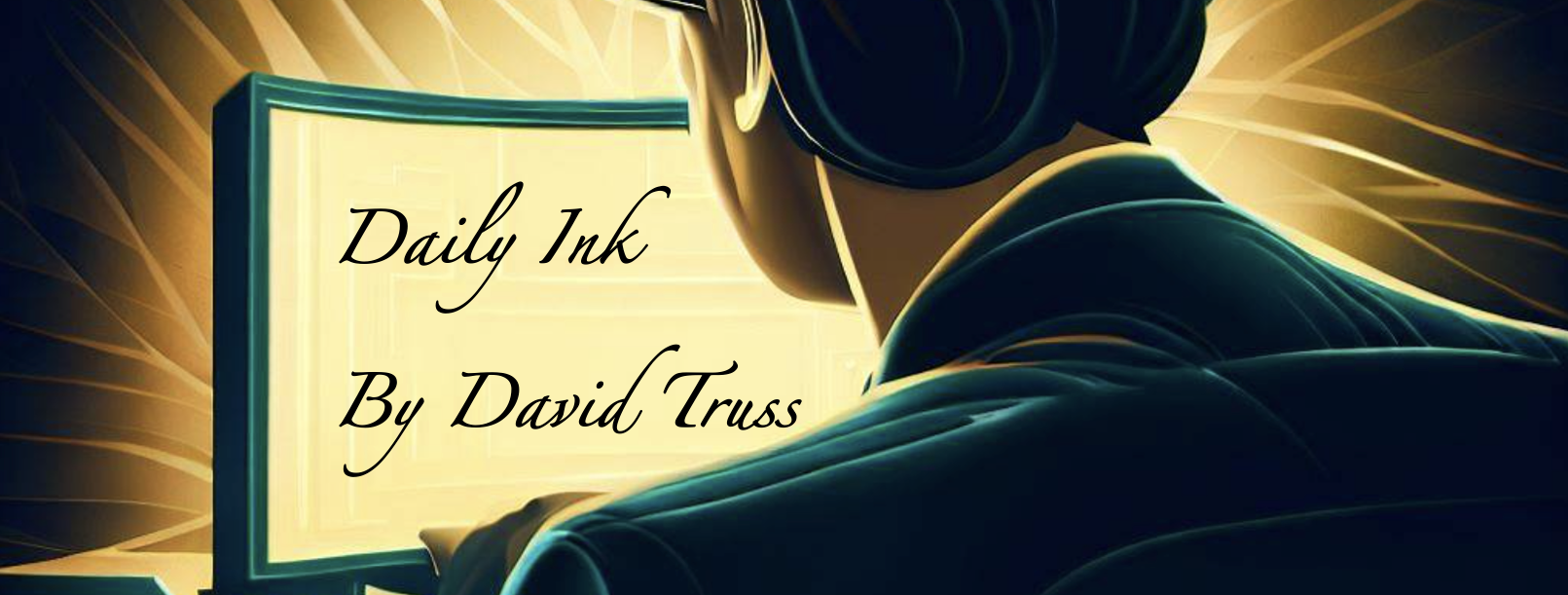You can’t always bring your A game to everything. This is something we try to teach kids with a perfectionist streak. We run scrum projects where we give a clear ‘definition of done’. We encourage them to choose where best to focus their perfectionism, because trying to be perfect everywhere is debilitating, and students tend to get overwhelmed and not get everything done.
This is an aspect of the gifted student profile that can be both a superpower and also the Kryptonite that weakens the student. Perfectionism can be the thing that makes a student produce exceptional work, and it can be the reason they give up, or end up handing something in late, because while the project or assignment is good (even very good), it isn’t meeting a high or previous standard already achieved and so it’s just not good enough to complete, or sometimes even to try.
And so sometimes you need to teach kids to bring their ‘B’ game. Show us what you’ve got right now, because it’s probably good enough. Let’s see it? Great, you’ve met the outcomes, let’s move on. No, it’s not your best work, yes, if you put more hours into it, it could get a higher mark. If you want to improve it later… and if you have time… then go ahead, but why don’t we just focus on the next assignment now, and not fall behind again.
It sounds like easy advice to give, but to a perfectionist kid, this is hard work. What’s even harder though is expecting that you can bring your ‘A’ game to everything you do. Because this isn’t just debilitating as a student, it’s hard as an adult too.
When you’ve got more tasks on your ‘to do’ list than you can achieve; when email seems insurmountable; when meetings fill your schedule; and when getting one task done is taking time away from two or more other tasks, well then bringing your ‘A’ game is impossible. Sometimes you have to just embrace you ‘B’ game and give everything you do just enough to get it done… and save your ‘A’ game only for things that really matter.












